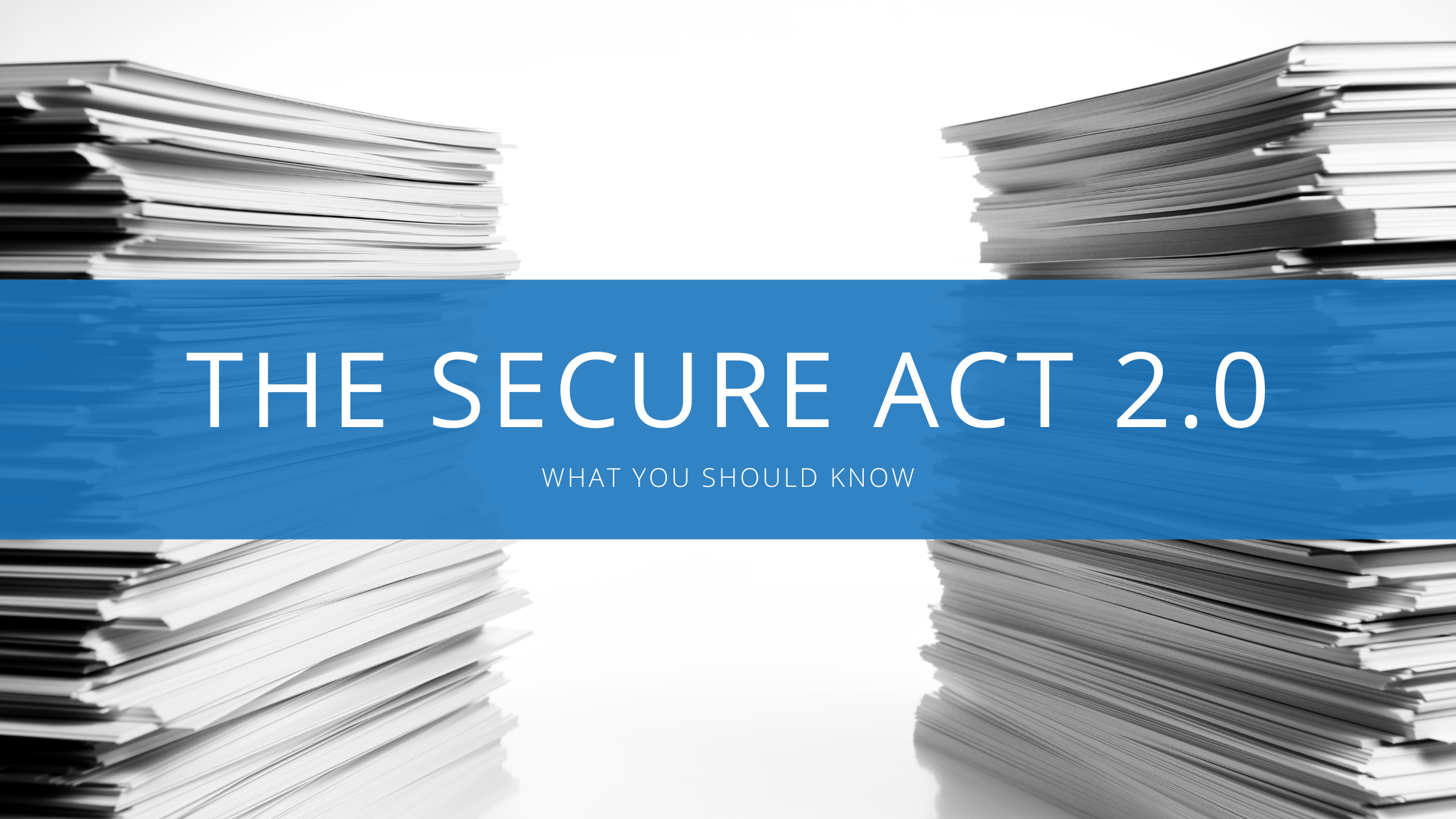SECURE Act 2.0- How it Affects RMDs
In December 2022, we released our monthly viewpoints article which detailed the different rules and regulations surrounding Required Minimum Distributions (RMDs) and how the SECURE Act impacted them. A few short weeks later, new legislation was passed via the SECURE Act 2.0 which improved upon its predecessor by further modifying some of the rules and regulations surrounding RMDs, retirement accounts such as IRAs and 401(k)s, and much more.
Effective January 1, 2023, the age for which RMDs are required increased from 72 to 73. This will change again in 2033, when the RMD age increases to 75. Retirement account owners still have until April 1st of the year following their 73rd birthday to take the first RMD. However, this would require two RMD’s in that year, the delayed first RMD as well as the regular annual RMD. You can find further deadlines relating to RMDs and taxes in our most recent viewpoints by Senior Tax Specialist, Tara Denton.
The increased age requirement for RMDs allows more time to grow those tax deferred retirement accounts before withdrawing funds. However, this also creates potential for higher RMD amounts, which could result in higher income tax consequences. These options should be discussed with your tax professional to make the best decision for your overall tax situation. If you are interested in learning how the Secure Act 2.0 may affect those who are saving for retirement, or who are already in it, our custodial partner, Charles Schwab, goes in depth here.
While there is still a penalty for failing to take the RMD in any given year, it has been reduced from 50% to 25%, and will reduce to 10% if the error is corrected in a “timely fashion”.
We’ve only scratched the surface of the SECURE 2.0 Act and its effects on RMDs. As always, we recommend that you sit down with your financial planner or tax professional to help navigate these changes.

